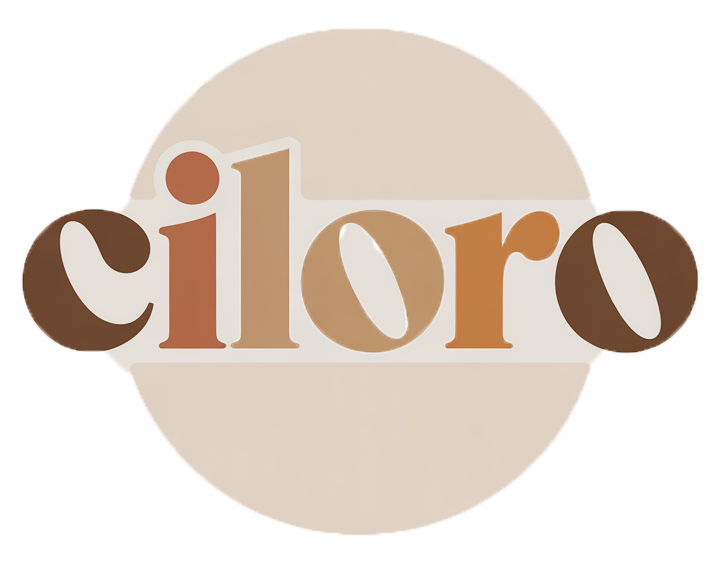10 Creative Tricks to Maximize Small Space Living
Decorating small spaces can be a challenging endeavor, often requiring a blend of creativity and practicality. With limited room to work with, it's essential to maximize every inch while still creating a welcoming atmosphere. The importance of ingenuity cannot be overstated, as it allows individuals to transform their compact areas into functional and aesthetically pleasing environments.
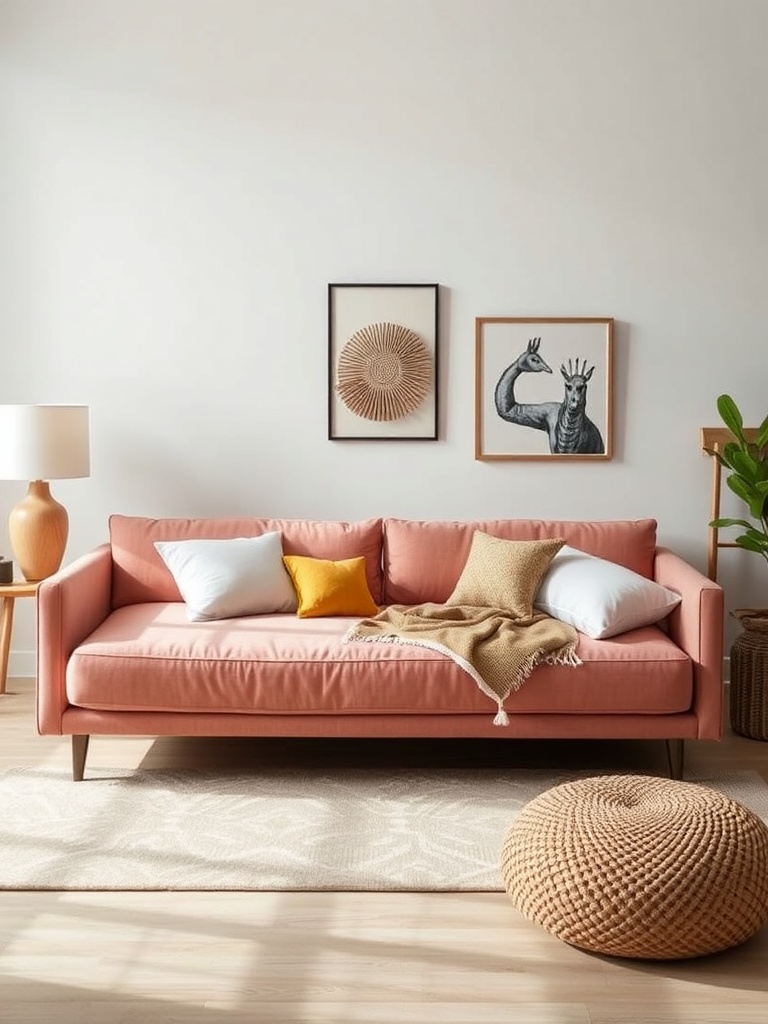
This guide will explore 10 creative tricks that can help you make the most of your small space. From selecting the right furniture to employing clever design techniques, these tips are designed to inspire and empower you to reimagine your home.
Trick 1: Use Multi-Functional Furniture
Benefits of Multi-Functional Pieces
One of the most effective strategies for small space living is to invest in multi-functional furniture. These pieces can serve multiple purposes, thereby saving space and reducing clutter.
- Space-saving advantages: Items like sofa beds or extendable tables can provide more functionality without taking up extra room.
- Cost-effectiveness and versatility: Multi-functional pieces often replace the need for additional furniture, making them a wise investment.
Examples of Multi-Functional Furniture
Consider incorporating the following multi-functional items into your decor:
- Sofa beds that convert from seating to sleeping space.
- Ottomans with built-in storage to hide away blankets or magazines.
- Extendable tables that can accommodate guests when needed.
Trick 2: Optimize Vertical Space
Vertical Storage Solutions
Utilizing vertical space is crucial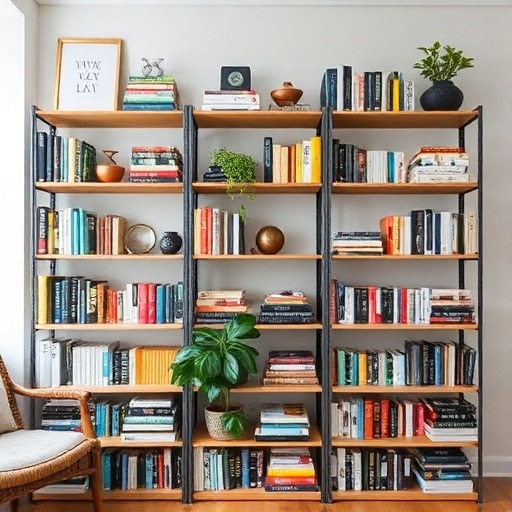
in small areas. By going upwards rather than outwards, you can create more storage and visual interest.
- Install shelving units that reach the ceiling to maximize storage.
- Use wall-mounted shelves to display books or decorative items.
Decorative Uses of Vertical Space
Vertical space can also be used creatively to enhance decor:
- Hanging plants that add greenery without occupying floor space.
- Artwork arranged vertically to draw the eye upward.
- Mirrors placed high to reflect light and create a sense of openness.
Trick 3: Choose a Light Color Palette
Psychological Impact of Colors
The colors you choose can significantly impact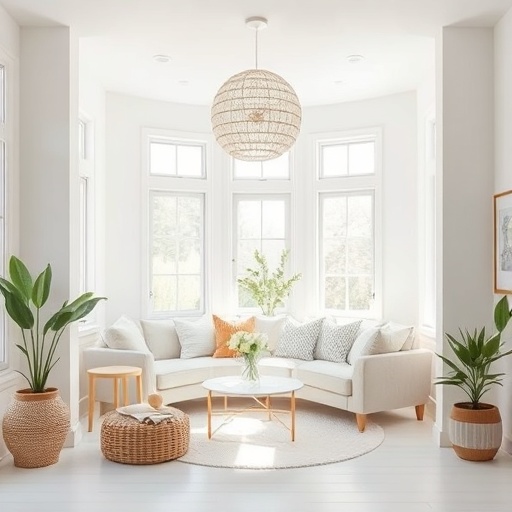
how a room feels. Light colors tend to make spaces appear larger and more open.
- Light shades reflect more light, which can create an airy atmosphere.
- Using a cohesive color palette can help unify a small space.
Best Color Choices for Small Spaces
Consider these color options to enhance your small area:
- Whites for a clean, fresh look.
- Pastels to add a soft touch without overwhelming the space.
- Light neutrals like beige or soft gray for versatility.
Trick 4: Incorporate Mirrors
How Mirrors Create Illusions
Mirrors are a powerful tool in small space decor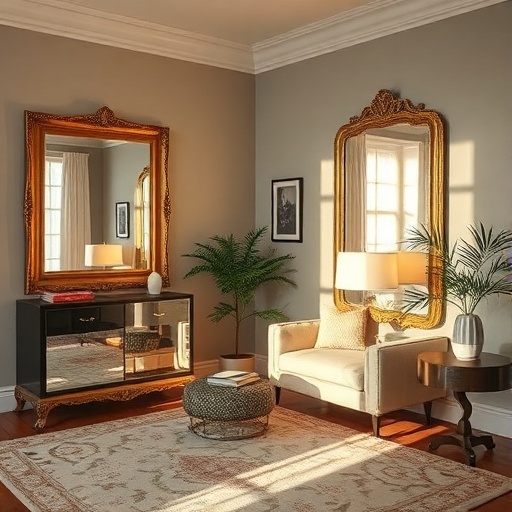
. They can reflect light and create depth, making a room feel more expansive.
Mirrors can transform the perception of a space, making it feel larger and more inviting.
Strategic Placement of Mirrors
For maximum effect, consider these placement tips:
- Position mirrors opposite windows to reflect natural light.
- Use mirrors as focal points in small corners to draw attention.
- Incorporate mirrored furniture to add elegance and visual interest.
Trick 5: Utilize Under-Furniture Space
Hidden Storage Options
Often overlooked, the space under furniture can provide valuable storage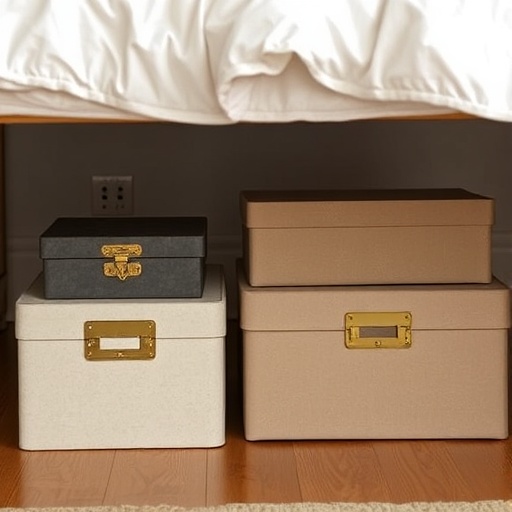
solutions. This area can be optimized to keep your living space tidy.
- Use bins and baskets under beds to store seasonal clothing or shoes.
- Keep decorative boxes under couches for easy access to items.
Creative Uses of Under-Furniture Space
Beyond storage, consider these creative applications:
- Pet beds tucked under side tables or beds.
- Shoe storage solutions that fit neatly beneath furniture.
Trick 6: Add Layered Lighting
Importance of Lighting in Small Spaces
Lighting plays a crucial role in setting the mood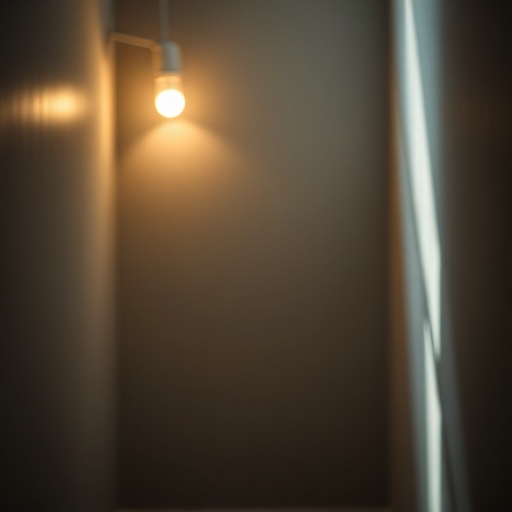
and functionality of a small space. Layered lighting can enhance both ambiance and practicality.
- Ambient lighting provides overall illumination.
- Task lighting focuses on specific areas for activities like reading or cooking.
- Accent lighting highlights decor and architectural features.
Types of Layered Lighting
Incorporate various types of lighting to achieve a balanced effect:
- Ceiling fixtures for general lighting.
- Table lamps and floor lamps for localized lighting.
- Wall sconces to save on floor space while adding style.
Trick 7: Use Area Rugs Wisely
Defining Spaces with Rugs
Rugs can help delineate areas in open floor plans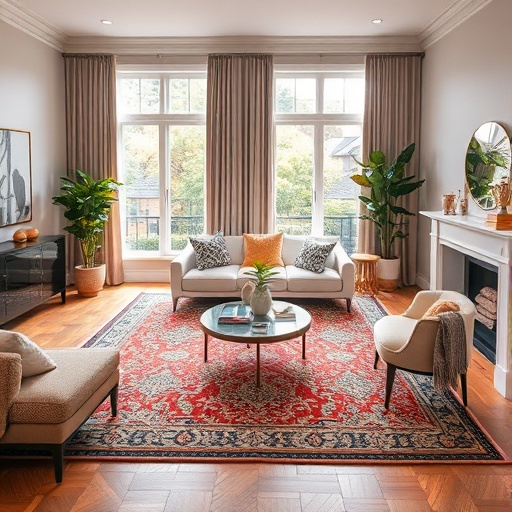
, creating a sense of organization and flow.
- Use rugs to define living, dining, and work areas.
- Choose rugs that complement the overall decor style.
Choosing the Right Size and Style
When selecting area rugs, consider the following:
- Choose rugs that fit the scale of your space.
- Opt for styles that enhance the room's aesthetic without overwhelming it.
Trick 8: Embrace Minimalism
Benefits of a Minimalist Approach
Minimalism is not just a design trend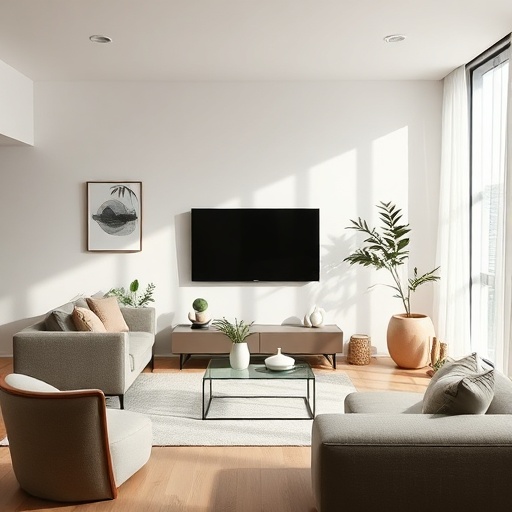
; it can significantly enhance the functionality of small spaces. By reducing clutter, you can create a more serene environment.
- Less clutter leads to a more organized and peaceful space.
- Focusing on essential items can improve overall aesthetics.
How to Implement Minimalism
To adopt a minimalist approach, consider these strategies:
- Declutter regularly by removing items that are no longer needed.
- Select decor that serves a purpose and adds value to your space.
Trick 9: Personalize with Art and Decor
Choosing the Right Art
Art can add personality and warmth to small spaces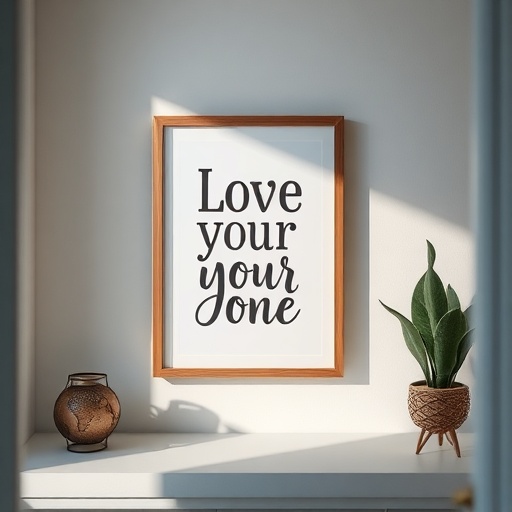
. When selecting pieces, consider size, theme, and placement.
- Choose smaller pieces or create a gallery wall to avoid overwhelming the space.
- Consider art that reflects your personal style and interests.
DIY Decor Ideas
Creating your own decor can add a unique touch:
- Craft personalized wall hangings or paintings.
- Repurpose items to create functional decor pieces.
Trick 10: Create Illusions with Design Techniques
Use of Patterns and Textures
Patterns and textures can add depth and interest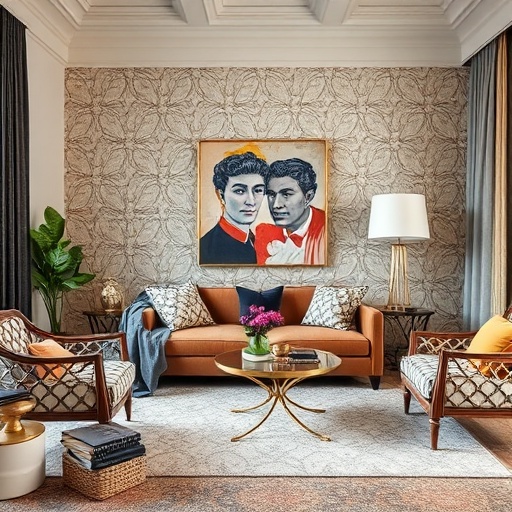
to small spaces. Be mindful of how they are used.
- Incorporate patterned textiles to draw the eye.
- Use textures to create a layered look that feels inviting.
Designing with Scale
Selecting decor items that complement the scale of your space is crucial:
- Choose appropriately sized furniture to avoid overcrowding.
- Mix large and small items to create balance.
Conclusion
By implementing these 10 creative tricks, you can effectively transform your small space into a functional and stylish haven. Each tip offers a unique approach to maximizing space while maintaining a personal touch. As you explore these ideas, remember that thoughtful decor can significantly impact your living environment, making it more enjoyable and harmonious.
Recap of Tricks
From multi-functional furniture to layered lighting, each trick serves to enhance the usability and aesthetic of small areas. Don't hesitate to experiment with these concepts to find what works best for your home.
Key Takeaways
- Invest in multi-functional furniture to save space.
- Utilize vertical space for storage and decor.
- Choose light colors to create an airy feel.
- Incorporate mirrors to enhance depth and light.
- Embrace minimalism to reduce clutter.
- Layer lighting for ambiance and functionality.
- Personalize your space with art and DIY decor.
FAQ
Question 1
What are some examples of multi-functional furniture?
Examples include sofa beds, ottomans with storage, and extendable dining tables.
Question 2
How can I optimize vertical space in my home?
Consider installing tall shelving units or wall-mounted shelves to utilize upwards space effectively.
Question 3
What colors work best for small spaces?
Light colors like whites, pastels, and soft neutrals can help make a space feel larger and more open.
Question 4
How do mirrors help in small spaces?
Mirrors reflect light and create the illusion of depth, making rooms feel more spacious.
Question 5
What are some creative uses for under-furniture space?
You can use bins for storage, create pet beds, or store decorative boxes to keep the area organized.
